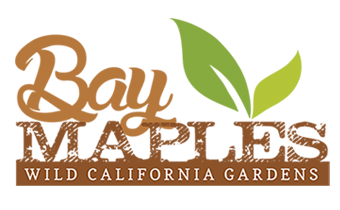Greywater Irrigation
With California’s on-going drought, finding alternative water sources is axiomatic. Purposefully re-using water that has already been purchased not only seems like a good idea, it seems like it would be required. Our team here at Bay Maples has become the South Bay’s leader in greywater systems; both for residential and commercial use. And, we install a wide range of systems allowing almost anyone to get their greywater out into their garden.
NEW FOR 2019: Greywater Rebate for Veterans, Disabled, Senior Citizens (60+) and low Income in Santa Clara County. This is a great program that will help spread the word to everyone on how to Save Water and understand Waters Life.
Laundry to Landscape (L2L)
We can install an L2L system, including the irrigation to existing plants and trees, in one day. If you want to use your laundry water but don’t have an existing garden, we can help you design and install the optimal garden for an L2L system.
Pump and Filter Kits
We specialize in installing pump and filter kits for greywater irrigation and we’re an authorized installer of Grey-Flow products, the leading Australian greywater merchandize provider. Filter and pump kits are brought in when we are capturing water from showers and bathroom sinks. Because these systems have a pump, water can be sent to the edges of your property. Also, because of the filtering, drip line irrigation can be employed using the water efficiently and effectively. Depending on the size of your household, a great deal of water can be produced each day. Using State-of- the-Art greywater technology, our professionals can direct that water to your lawn and garden in a way that mirrors traditional drip irrigation.
The systems we install allow the user full control to direct the water either to the landscape or to the sewer. So, if you are using a product that might be harmful to your garden, merely flipping a switch changes the configuration and sends water to the sewer.
Beyond the Ordinary
Our specialists are experienced in integrating greywater systems with other traditional and alternative water sources. Many household generate a large amount of greywater; and yet, it still may not be enough for all of their irrigation needs. Incorporating rain water with greywater is a big step towards ending the need for additional municipal water. That being said, sometimes you need municipal water to supplement your greywater, like when you go on vacation. Configuring a system that allows you the flexibility to maintain the garden you want while minimizing your “water footprint” is our specialty.
“Every green natural place we save saves a fragment of our sanity and gives us a little more hope that we have a future”
― Wallace Stegner


